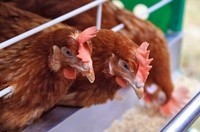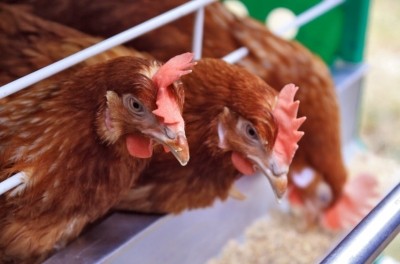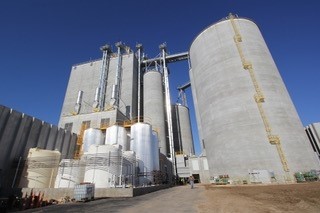Poultry feed consumption in China down on bird flu outbreak

The increasing number of human H7N9 cases has significantly impacted poultry meat consumption in China, reports research firm Shanghai JC Intelligence Co.
February saw poultry feed usage, which is mostly made of corn and soymeal, decline by 30 to 40%, said the Beijing-based group in a report.
After subsiding following the first outbreak early last year, H7N9 resurfaced in the autumn, then boomed. China has confirmed 204 human H7N9 cases in 2014 and live poultry trading is suspended in many areas, said the analysts.
Shanghai JC Intelligence Co reports that China's poultry farming has suffered a loss of 20 billion yuan ($3.25bn) from the impact of the avian flu on the sector over the past year.
Most poultry producers have cut or suspended production.
East China's Hangzhou province and South China's Guangdong province have been the worst-hit areas. Hangzhou, capital of Zhejiang, announced on February 15 that it would permanently shut down live poultry trading in urban city areas, according to Shanghai Daily on 24 February.
Live poultry trading
The Chinese are used to purchasing live poultry but it is said that centralized slaughter and supply of chilled chicken instead would effectively reduce the risks of human infection by H7N9.
Closing live poultry trading may hit the sector in the short term but is thought to contribute to control of bird flu and public health in long run, said Shanghai JC Intelligence Co.
China’s Ministry of Agriculture last month launched a national poultry H7N9 eradication program, which requires culling and safe disposal of poultry that is found to be positive for the infection.
Feed consumption recovery
Domestic poultry supply may decline significantly in the second half of 2014, pushing up poultry prices and those of other meat products and food, estimates the Beijing-based research firm.
And it may take a long time for domestic broiler farming to recover from this round of H7N9 hit, said the Chinese agriculture specialists.
“Broiler stocking is weak and breeder operations have suffered a severe loss, which may last into the second half of the year," they said.
The analysts added that while market sentiment is still gloomy for March and April for continued incidence of H7N9, some industry insiders expect that poultry feed consumption may appreciably recover in March.










